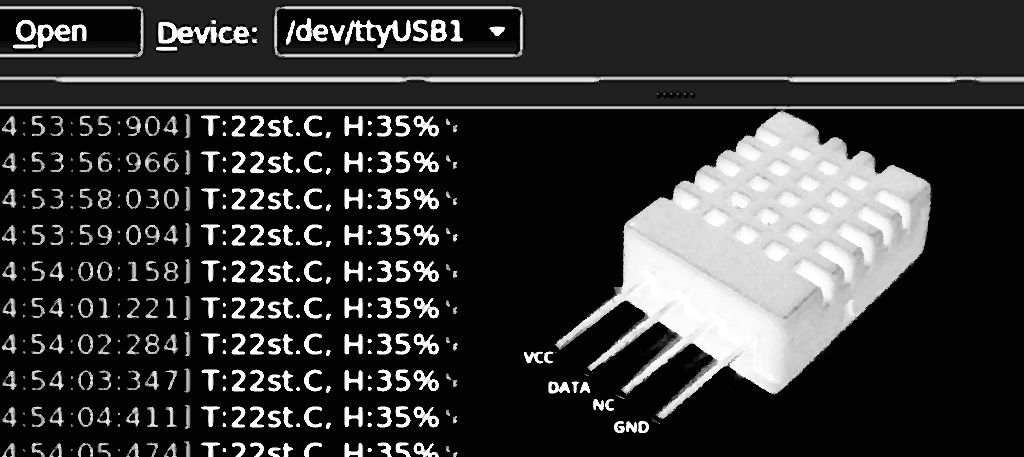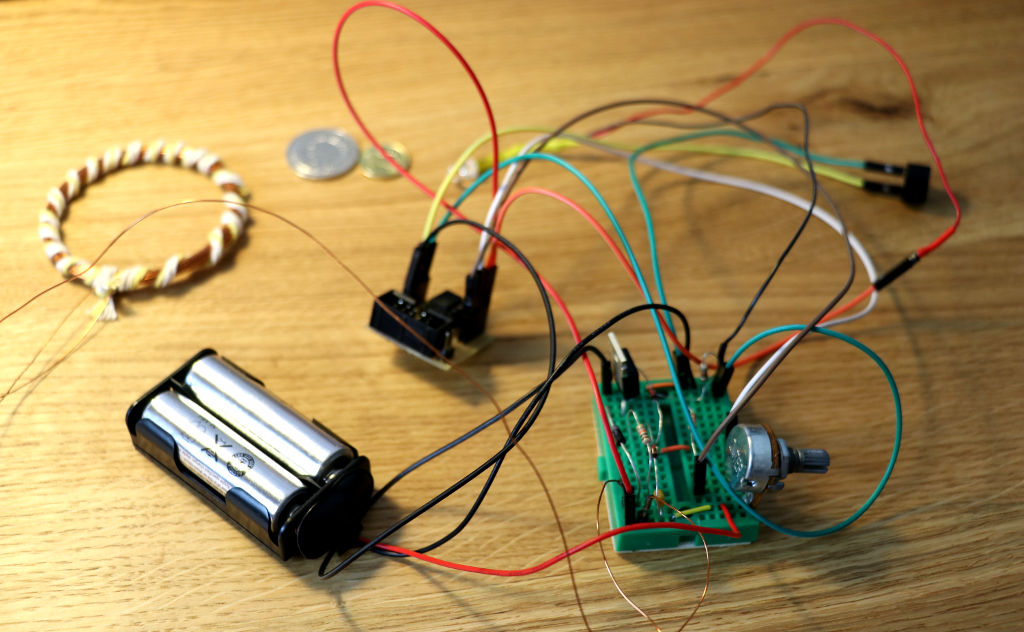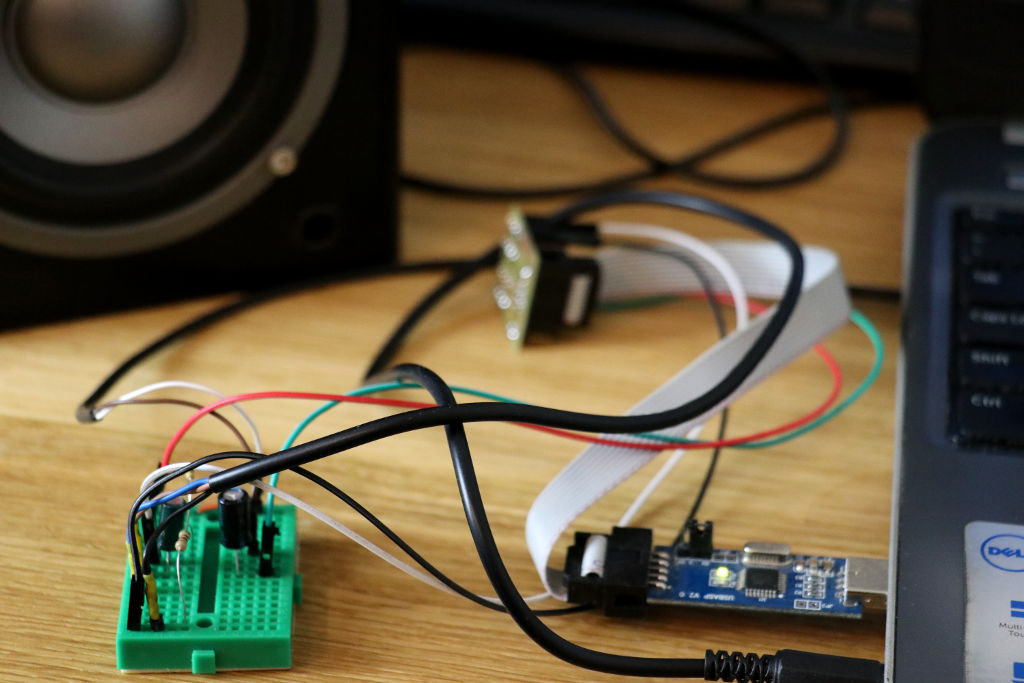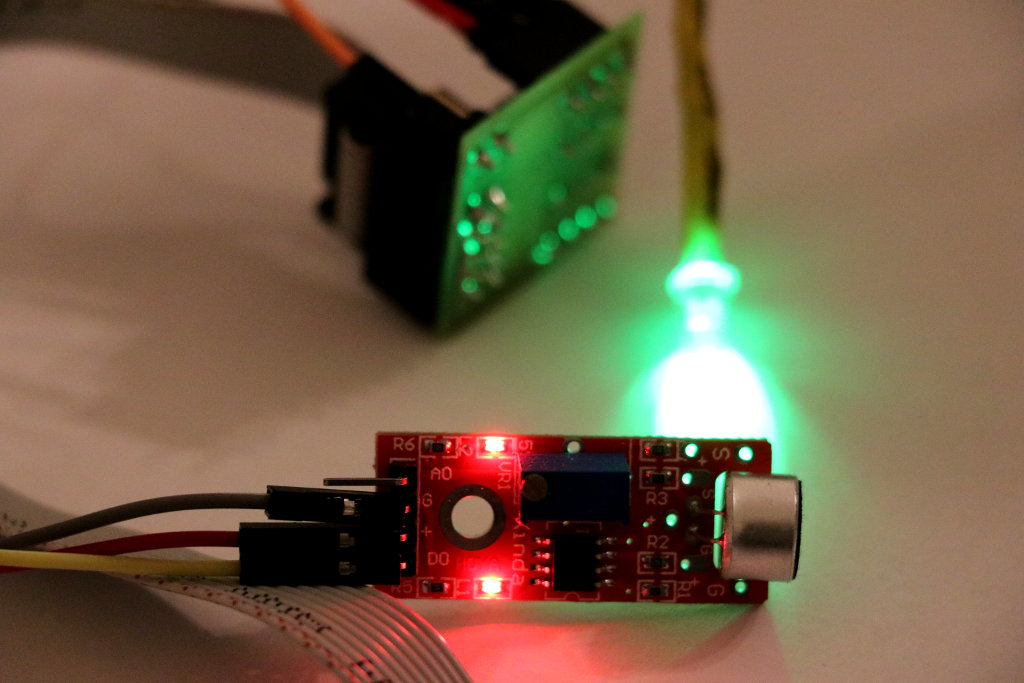AVR development board for ATtiny13, ATtiny85, etc.
This is an upgraded version of MBAVR-1 – a minimalist development board for tiny AVR microcontrollers like ATtiny13, ATtiny15, ATtiny25, ATtiny45 or ATtiny85. The board has been designed for a rapid prototyping of devices based on tinyAVR chips. The small-size MBAVR-1t board can be installed directly on protoboard or used as shield by other PCB. Also, by adding DIP8 holder you can … Read more







